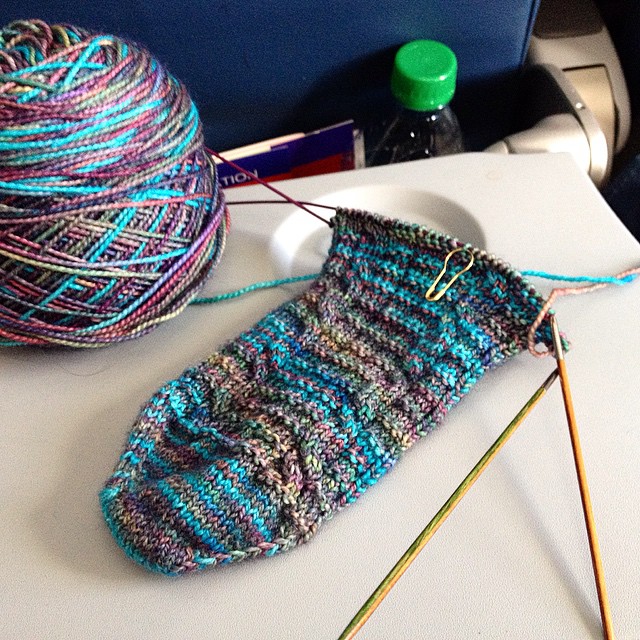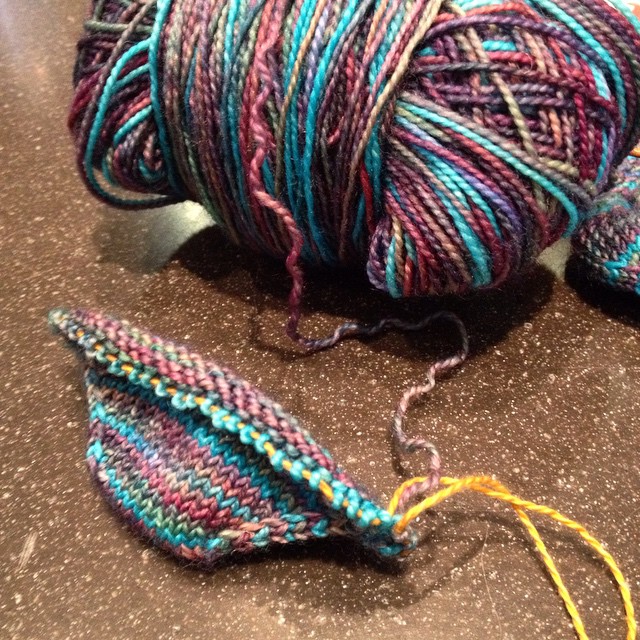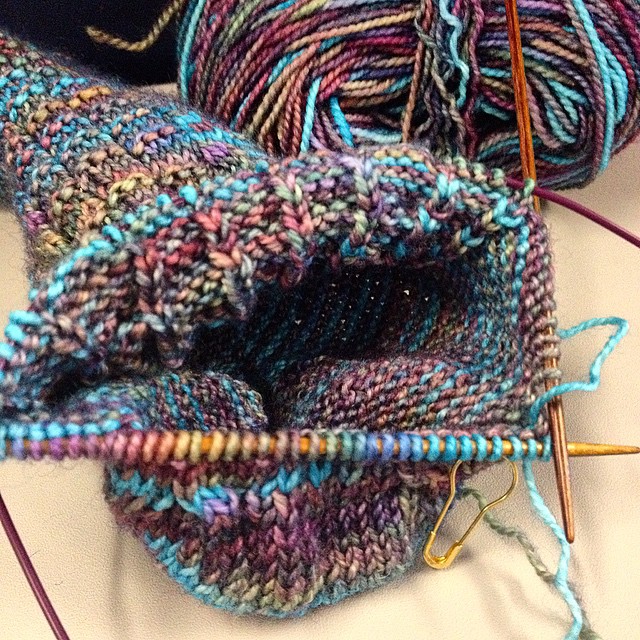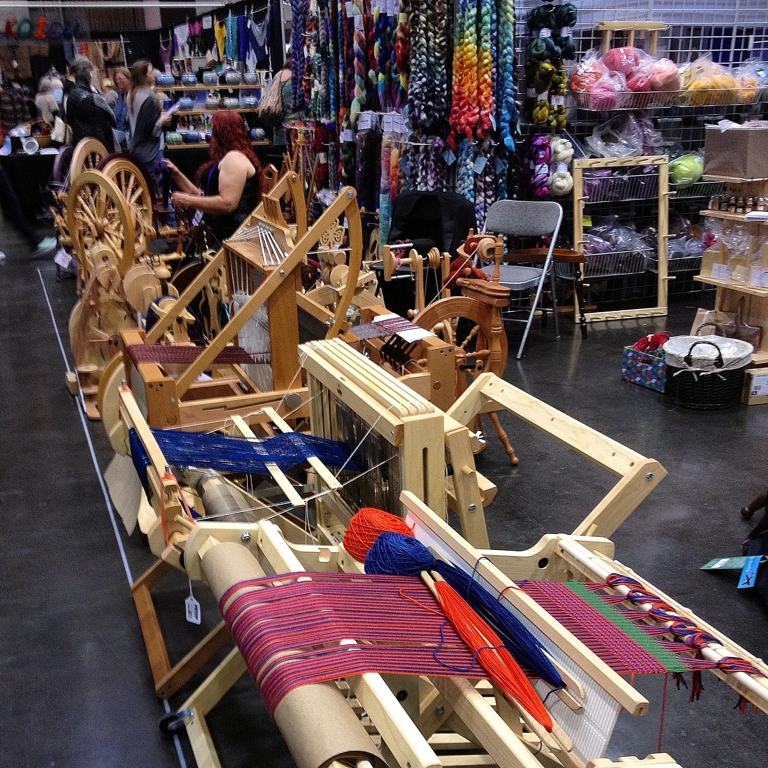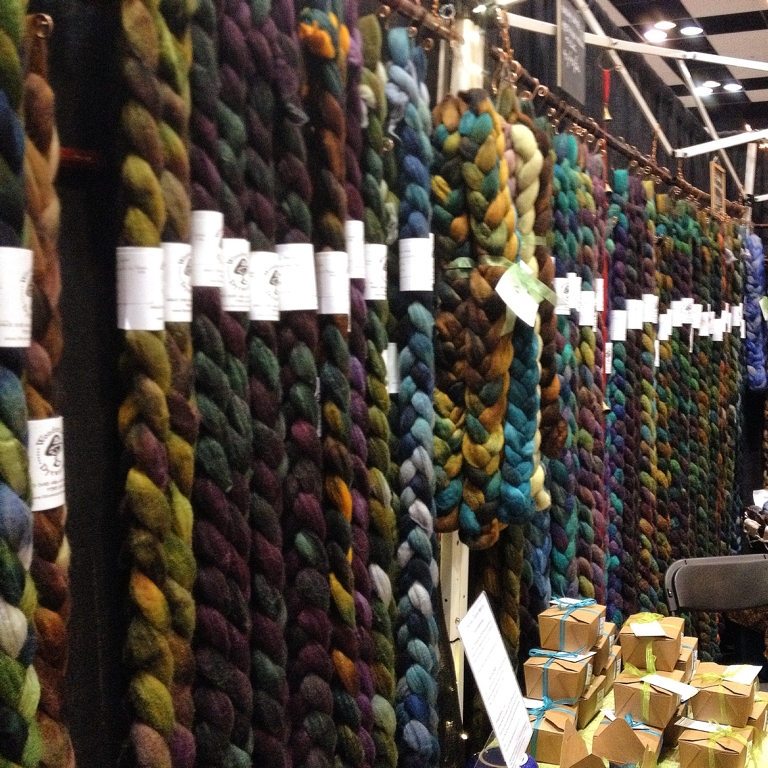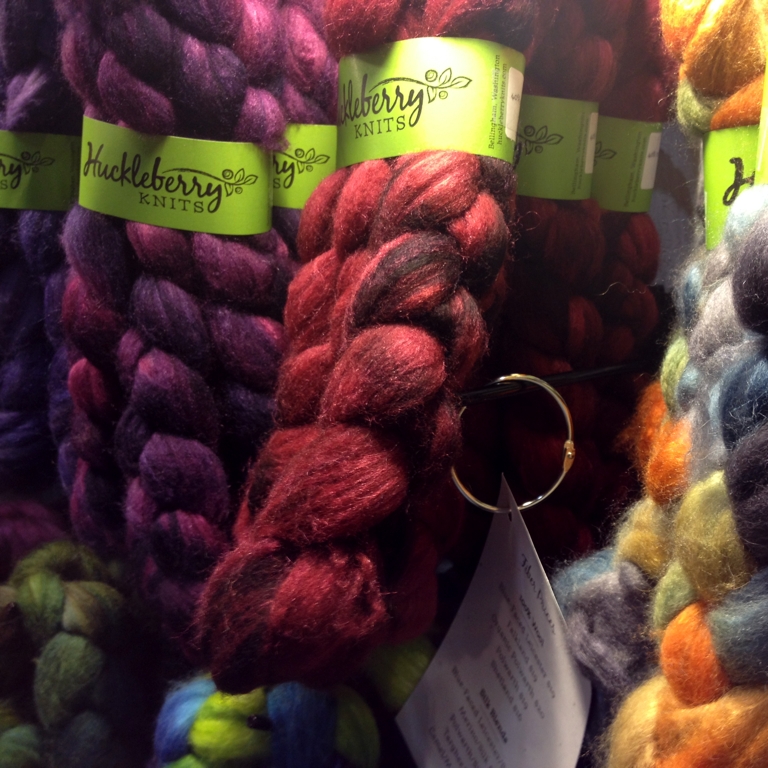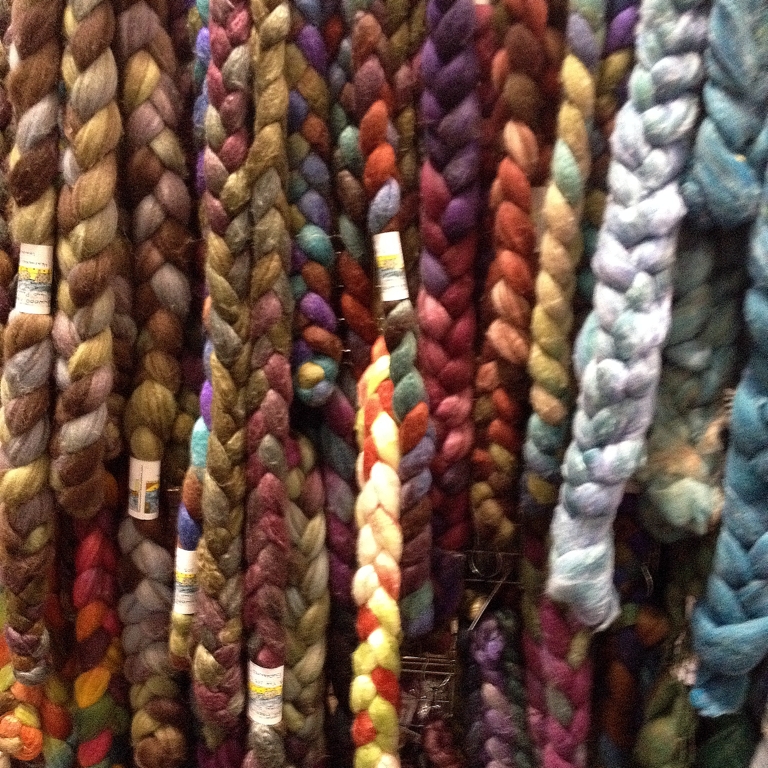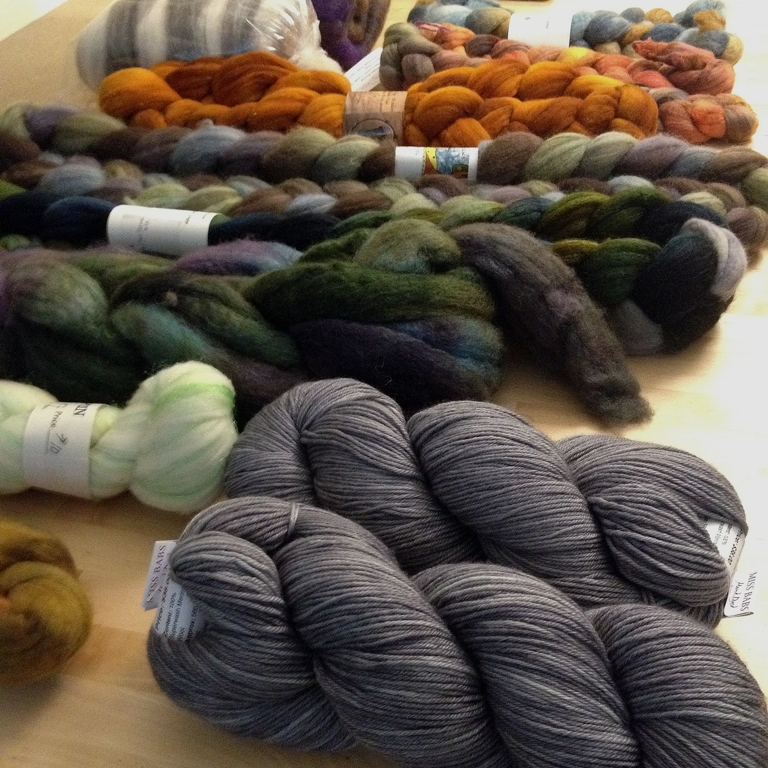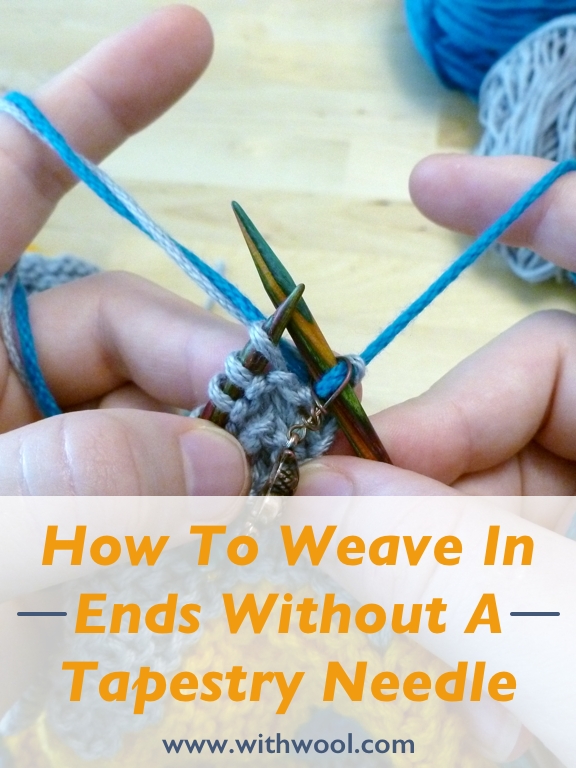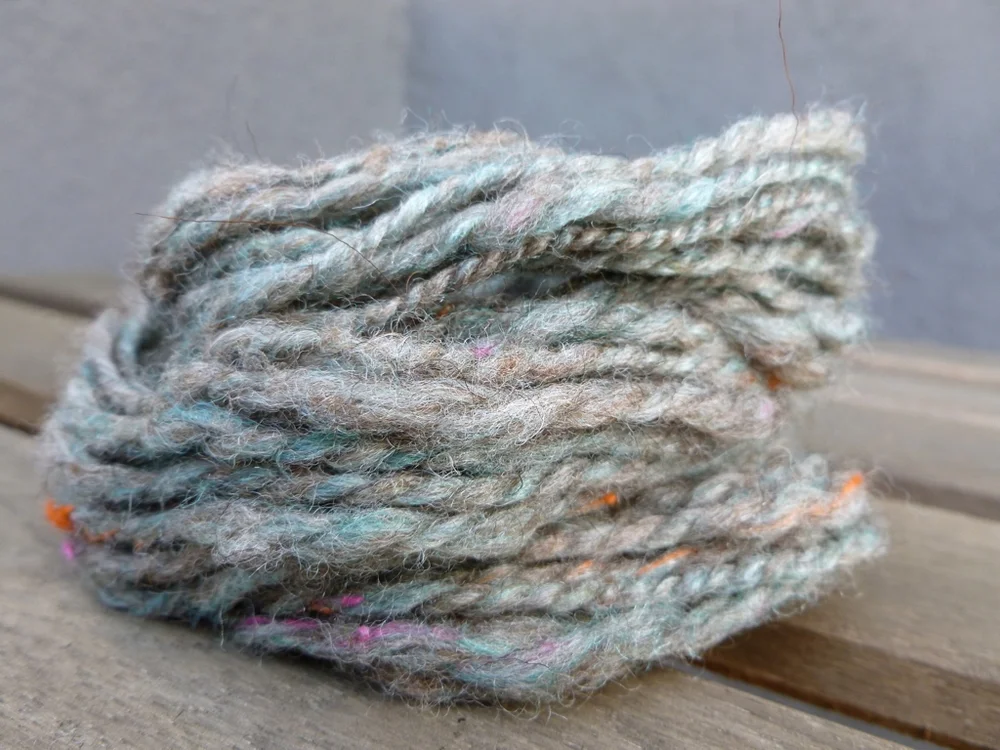Say Hello To Señor Squid
/Señor Squid was hanging out on the ocean floor and he was feeling kind of bored.
Swimming through the inky depths wasn’t much fun and he wanted to see the sun.
He said good bye to his tentacled friends and quickly began to ascend.
He waved hello to sea snails and avoided passing whales.
Being eaten for dinner wasn’t part of the plan.
He swam and swam until he found a patch of clams.
They pointed him to a seaweed grove hidden in an underwater cove.
He kept swimming after a nap even though he didn’t have a map.
He passed sharks, submarines, and fish as it was starting to look like he’d get his wish.
The water was brighter now and he was far from where he began.
He’d reached the surface and was only just a little bit nervous.
With one eye above the waves he decided to keep being brave
because the beach was within his reach.
Soon he touched the sand and gave the land another scan.
There was an octopus with an umbrella and he looked like an interesting fella.
They said hello and got to know each other in the sun’s glow.
At this time, I walked by solo and they asked for a photo.
After the shot, Señor Squid let me in on his plan.
I was only too glad to show him around as I picked him up from the ground.
Between seeing the sights and the city lights,
Señor Squid became a good friend and I’ll be sorry to see him descend.
When I cast on for Señor Squid, I’d just finished another project and was in the mood to make something fun and frivolous. The yarn had been wound and waiting for months along with the pattern, Inkling the Squid by Cate Carter-Evans. Then, once I started I just couldn’t stop. From the tip of the mantle to the last tentacle tip, I knit and assembled the whole thing in 8 days.
Knitting the squid was definitely fun, but also really finicky once I got to the tentacles. There were 2 strands of yarn at all times, an ever increasing number of almost-tentacles, and DPN’s sticking out all angles. Would I knit it again, knowing what I do now? Of course. The challenge of corralling DPN’s, seaming things just so, and learning basic intarsia was part of the fun.
Oh all the things I’ve made during #yearofmaking, I’m most proud of Señor Squid. Knitting him required me to take my knitting skills and knowledge to another level of patience and detail. Looking forward to taking that step again with Horatio the Nautilus and Opus the Octopus.
The Pattern: Inkling the Squid by Cate Carter-Evans
Yarn: Done Roving Yarns Frolicking Feet - Chartreuse (Body) and Knitted Wit Gumballs Fingering - Carbon (Underbelly and Tentacles)
Needles: 2.5 mm
Dates: April 25 - May 3, 2015























